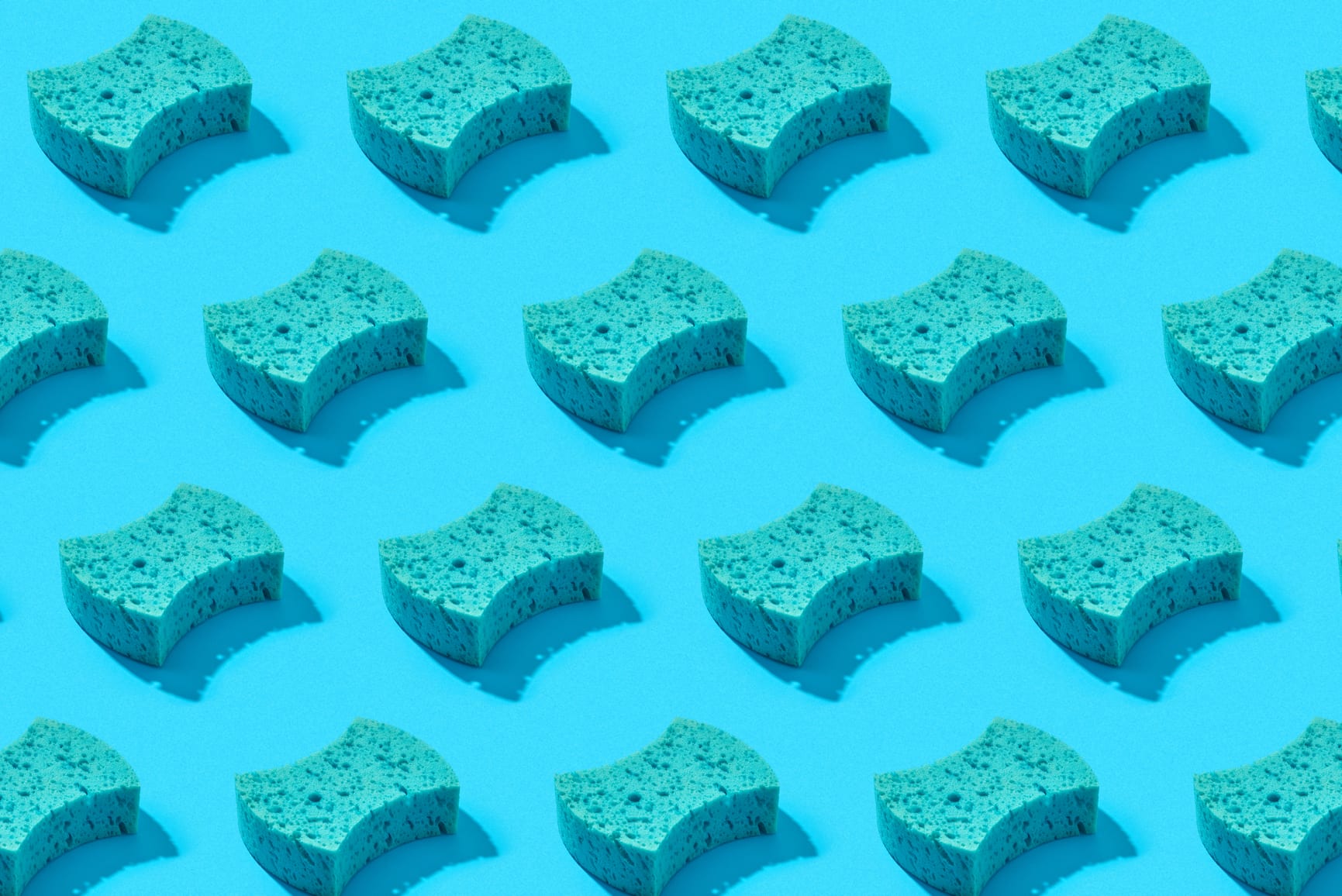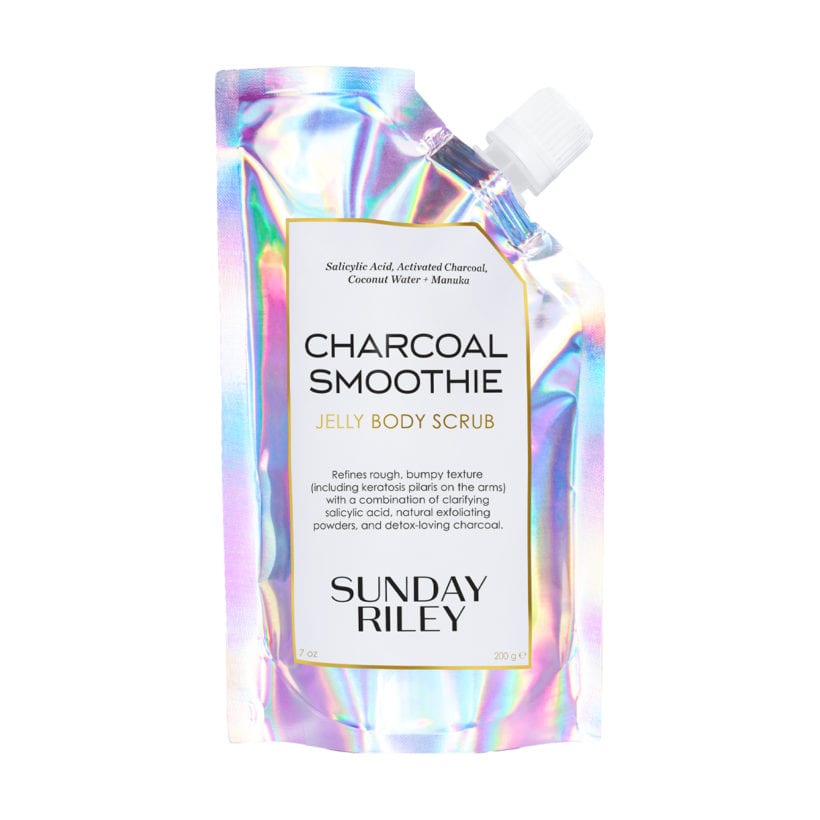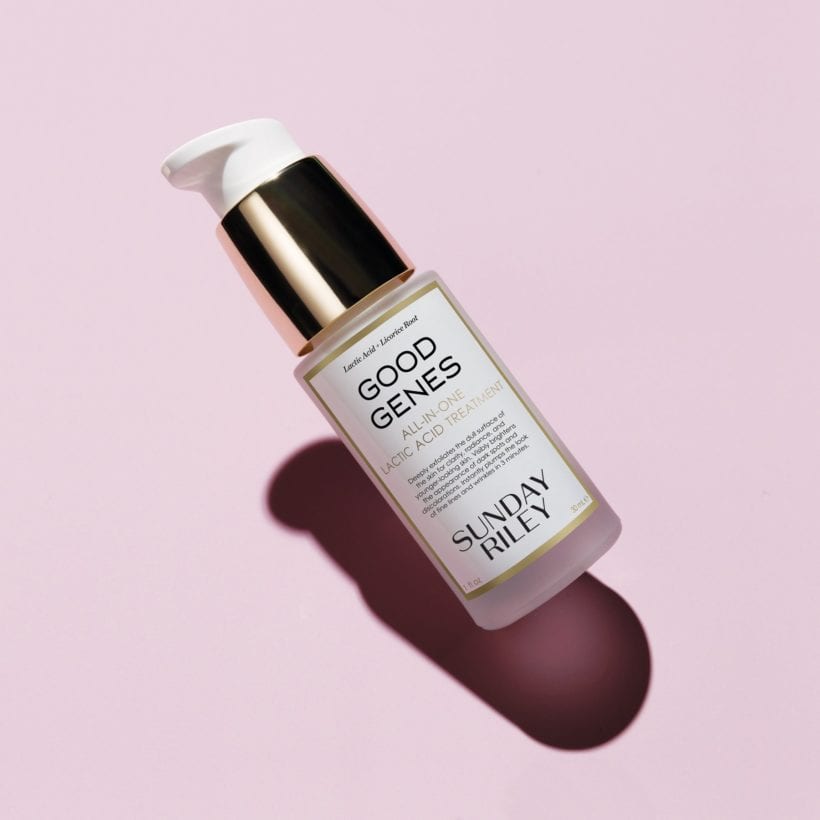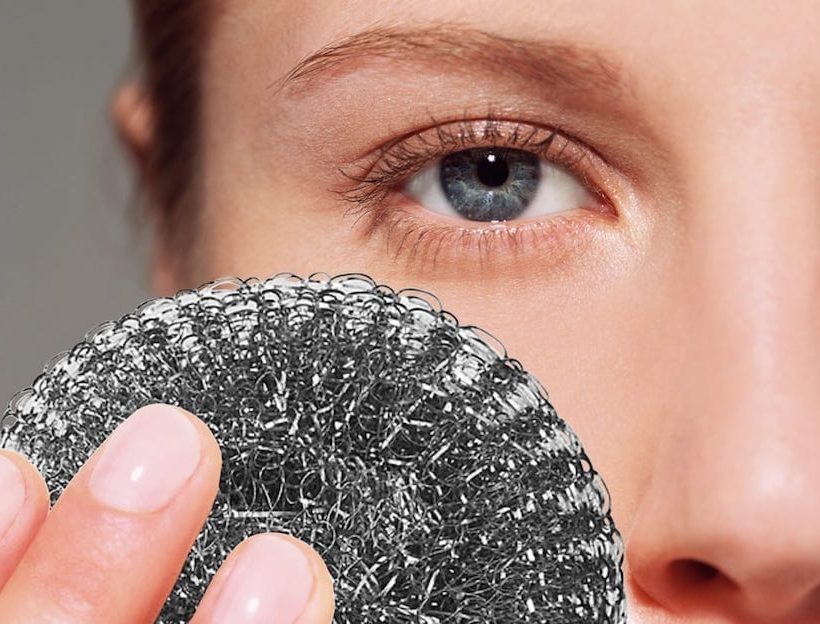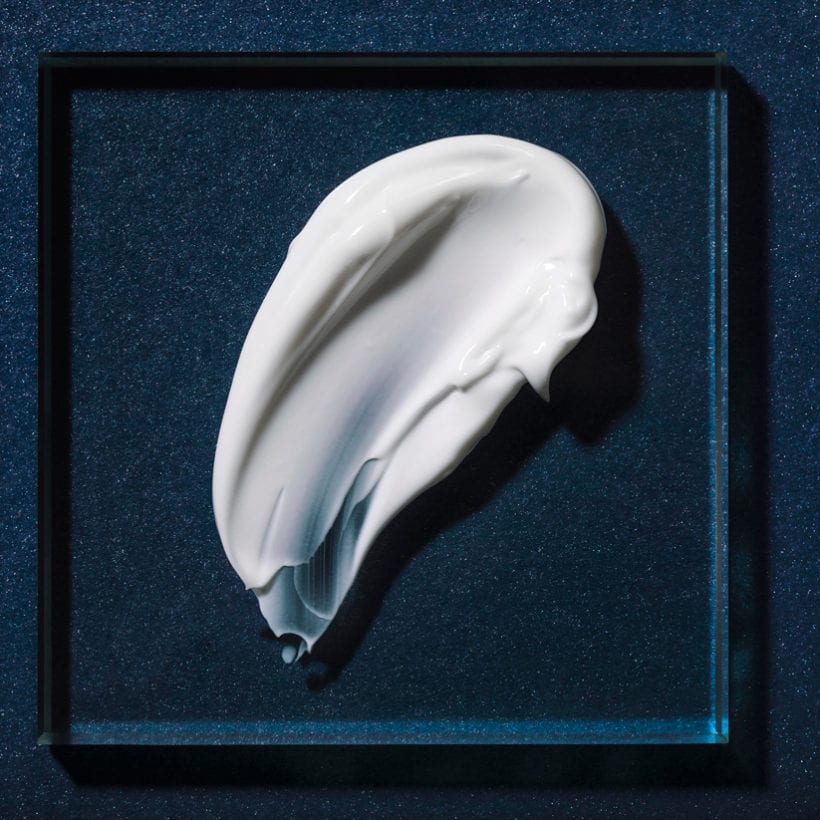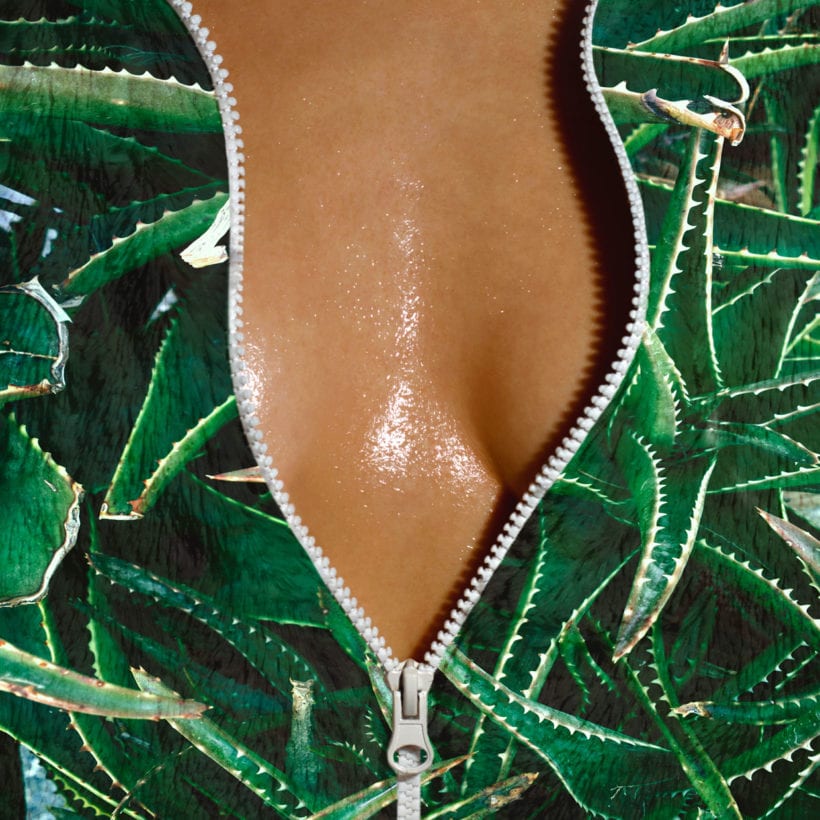Exfoliation can be one of the best things you do for your skin (hello, glow), but it can also be one of the trickiest, especially if you’re introducing it to your routine for the first time. You can over-exfoliate, choose the wrong type or even use it at the wrong time of the day. So we’ve helped get your biggest exfoliation questions answered in one place.
Myth #1: You can only exfoliate using granular exfoliators
Both chemical (which uses acids and enzymes) and physical (small grains or texture, like crushed sugar) exfoliators successfully exfoliate in different ways. 
Though the use of acids sounds more intense, with chemical exfoliators you’re not using (potentially harsh) abrasives or scrubbing the dead skin cells off, so it’s a safer bet for people with sensitive skin. Both are great for encouraging cell turnover so that it reveals healthy, glowy skin underneath, but the method you use is ultimately up to your skin’s tolerance.
Myth #2: You should wait until you have visibly dry skin to exfoliate
You don’t need any visible skincare issues like dryness or flakiness to get the benefits of an exfoliator. Exfoliants can be used as a preventative measure to protect your skin against acne (by dissolving dead, pore-clogging skin from the surface) and reveal your glowiest skin possible. If you don’t have any pressing skin concerns, start off with exfoliating once a week to make sure you’re sloughing off any dead skin.
Myth #3: You should exfoliate every day
Myth #4: You should exfoliate during your p.m. routine
Most people think it makes the most sense to scrub off a day’s worth of grime, makeup and oil before they head to bed. However, since many of us use our nighttime routine for other strong (and potentially irritating) ingredients like retinol, it may be best to space out your exfoliation process so your skin doesn’t freak out. Some formulations of retinol can make your skin more prone to sensitivity, so if you’re using retinol which is less kind to the skin or you are experiencing some sensitivity, you could look at moving your exfoliator to your morning regime to start your day off on a fresh, clean slate.
Myth #5: You shouldn’t exfoliate at all if you have sensitive skin
Sensitive skinned people can use a gentle chemical exfoliator, says Kidd. Lactic acid is great for any skin type and tends to be the most gentle of chemical exfoliators. It can be used frequently, but if you’re new to exfoliating, you should patch test your product. Then use it just once or twice a week and assess before building up to regular use.
Myth #6: Exfoliation removes the skin’s natural moisture levels
“Your skin’s moisture levels depend on oil production and hydration from within, not from exfoliation removing moisture,” says Kidd. The act of exfoliating exposes “new” skin underneath so it might feel drier, so it’s important to follow up any exfoliation process with a moisturizer. If you are experiencing constant dryness or tightness, it’s possible you’re over-exfoliating, so give your skin more time between sessions or find a hydrating exfoliator that works to pull moisture back into the skin.

Myth #7: You can use a body exfoliator on your face
The skin on your face (especially around your eyes) is the most sensitive skin on your body so that’s why you should treat your facial skin with extra care. This means the products that are formulated for your body where there’s thicker skin are “generally way too rough for your delicate facial skin,” says Kidd.
Myth #8: You can exfoliate right after waxing
You can resume exfoliation, but you should wait at least a few days. Whether you’re getting a facial or body wax, your skin will be really sensitive after a wax (which is also a form of physical exfoliation!). P.S. Remember to exfoliate a day or so before a wax as a prep step to make the wax easier to grab hairs (instead of skin).
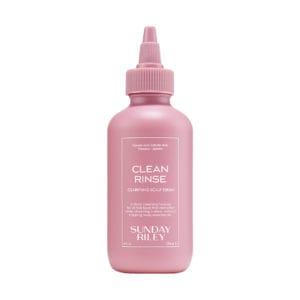
Myth #9. You don’t need to exfoliate your scalp
Don’t forget your scalp is skin, too. Exfoliating your scalp can encourage healthy hair growth by removing dead skin and excess oil that clogs up hair follicles. Like body and face exfoliators, scalp exfoliators can also come in chemical and physical formats. When you use a scrub, be sure to massage with your finger pads instead of your nails so you don’t accidentally scratch. If you have a sensitive scalp, limit your scalp exfoliation to once a week — or even every two weeks — so you don’t throw your scalp’s pH off track (which could lead to further issues like dandruff). If you have no issues with your scalp, you may use scalp serums three or four times a week if you want to.
We only recommend products we have independently researched, tested, and loved. If you purchase a product found through our links, Sunday Edit may earn an affiliate commission.
